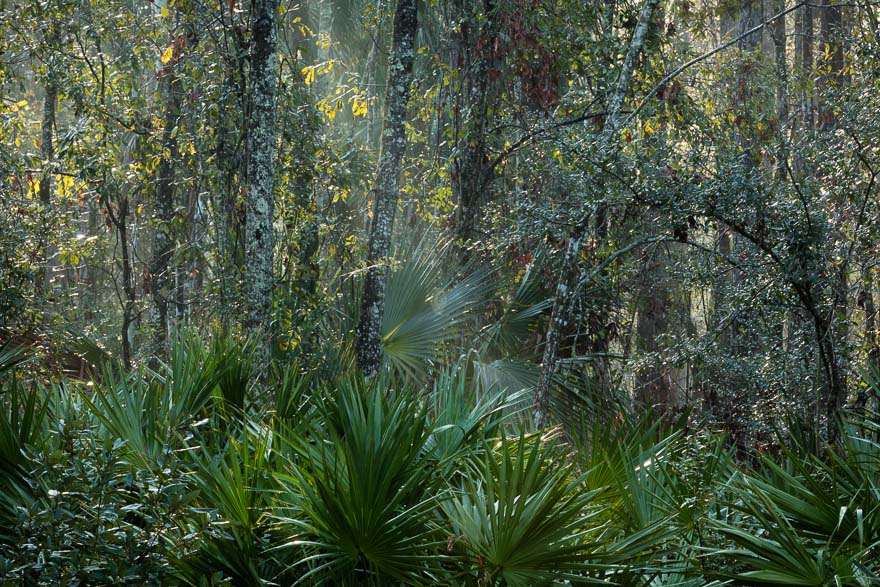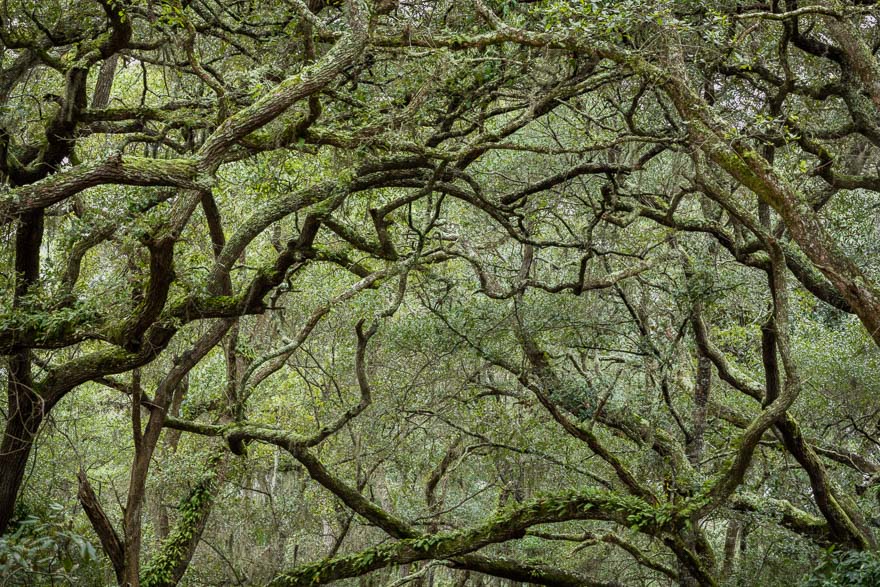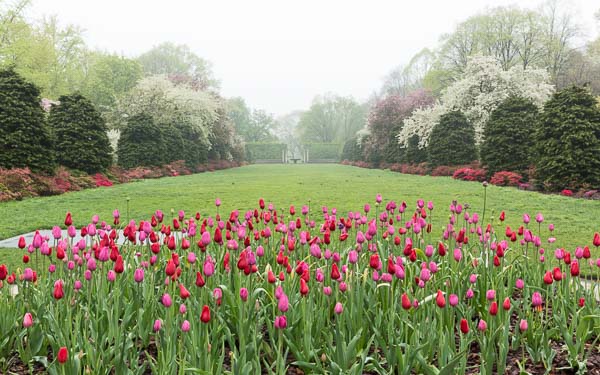I wrote this after two weeks visiting Mt Rainier and the Upper Cascades National Parks and surrounding National Forests and State Parks. I love the Pacific Northwest filled with cloudy days and heavily forested land. But the natural history of these areas are fresh with recent memory and existing battles with timber companies and interests that put the last old growth forests at risk. It's a continual war, and only through the diligence, tenacity, and sacrifice of concerned individuals do we have any forests left. For the general public has other priorities, and these battles are fought locally. I am indebted to all of those who are responsible for what is left and hope that there continues to be a future for these sacred lands.
7/24/16 – Making sense of the old growth
The northwest old growth forest stands in stark contrast to the southeast managed forests around my home. I was first taken by the overall sense of serenity, perhaps it was the quality of light, the temperature, the closed in feeling of the larger trees, or the different sounds of the birds and wind moving the branches. Early July meant that the leaves were fully out and that summer was in session, the trees were in full production and growth, the forest was alive. Large trees dotted the trails, enormous trunks heading straight up towards the sky. Walking amongst the foundations to these massive structures I felt insignificant. Often I reached out just to touch the bark and to try to feel the life force within. The forest floor was complex, filled with life and thick with vegetation, decaying limbs, stumps, and small trees all taking their turn at reaching for the sky. I was amazed at the diversity of growth and the sheer biomass of the scene. Primordial life as it has existed for centuries.
What occupied and interrupted my thoughts was the history of the place, and the thoughts about the old growth forests throughout our planet. These places are now very rare, less than 10% of what was, is still untouched. Is this a little or a lot? Who is to decide. The human race is consumptive, and I am an active participant in the depletion of the earth’s resources. How are we to recognize, reconcile, and rationalize what is happening to these places? What is evident for me is my awareness of what is happening, both here and in many other areas of our culture. The decisions about what gets cut, consumed, mined, polluted, extracted, and put at risk, are made by people who are primarily motivated by business. They strive for “balance,” which is all relative to where your center is. Capitalism is not self-regulating. It can become destructive by seeking goals that are not in the best interest of all…with all including non-human aspects of our planet. As I read more about the timber industry, and how trees have been (and continue to be) a pivotal factor in the economic wealth and security of nations, I realize how significant these forests are, and how drastically irresponsible we have been at even recognizing their existence.
Walking through these forests introduces the stark reality of what the forestry resource looks like. It’s like our use of water today. Each of us turns on the tap and lets the water run, because we have an infinite supply of fresh, clean water at our disposal. Why go to a lot of trouble being stingy and conserving a commodity that is cheap and abundant. Use it and focus your valuable time and effort on more important things, like watching TV and checking your social media feeds. Water is there and we have a right to it. When the Europeans landed in the New World it was the forests that completely overwhelmed their impressions. From a land whose forests had been decimated for centuries, this was a chance to start over again, to cut and cut and never have to worry about running out of timber. As they cut themselves across the country, when they reached the west coast, the timber exceeded any imagined possibility. Trees 300 feet tall and 15 feet in diameter filled the land for what seemed like forever. You could not possibly consume this much timber in several lifetimes, so cut they did. It was not until technology allowed the wholesale decimation of forests that we started to outpace these predictions. Just like our current consumption of water, we could not and would not stop.
Could we apply and learn the lessons from our old growth forests to conditions we have today? Sadly, no. As we speak the forests are being cut, and even more striking is the spread of insect infestations due to climate change taking down forests faster than the saws. Nature may be outpacing us and soon there may be no more forests to worry about.
These issues deeply concern me and draw me deeper into understanding a place where human beings have not managed to affect the natural flow of things. This is also true in the deserts of the Colorado Plateau, the boreal forests of Alaska, and in other sparsely populated areas like Death Valley. There is a certain attraction, curiosity, and connection to these remote places. The forests though, are very much alive, and it is this fragility that is so vulnerable to our intervention.
Considering that “man” has altered every other square inch of the earth makes me uncomfortable. It means that I am living in an artificial world, which is the reality of life, but something I haven’t really thought about. We always like to think that we are free beings, with the freedom of thought and existence particularly attractive, especially as Americans. But to know that we have created an artificial world, specifically to support the capitalistic “machine,” is disheartening. We cannot escape it, and running into the woods or desert is one of the few ways we can find a small glimpse of perhaps the last bit of real freedom in a real sense. Even going out on an established trail into these woods surrenders you to the fact that someone has established a path for you, one that you must take (“please stay on the trail”), but at least you can see beyond the trail and envision yourself in a place that is unique to you.
That is the attraction of these places for me. It is a reprieve and exercise of freedom in a visual sense to see nature unaltered by man. It is a necessary respite for all of us and re-establishes our existence as free individuals.
























































